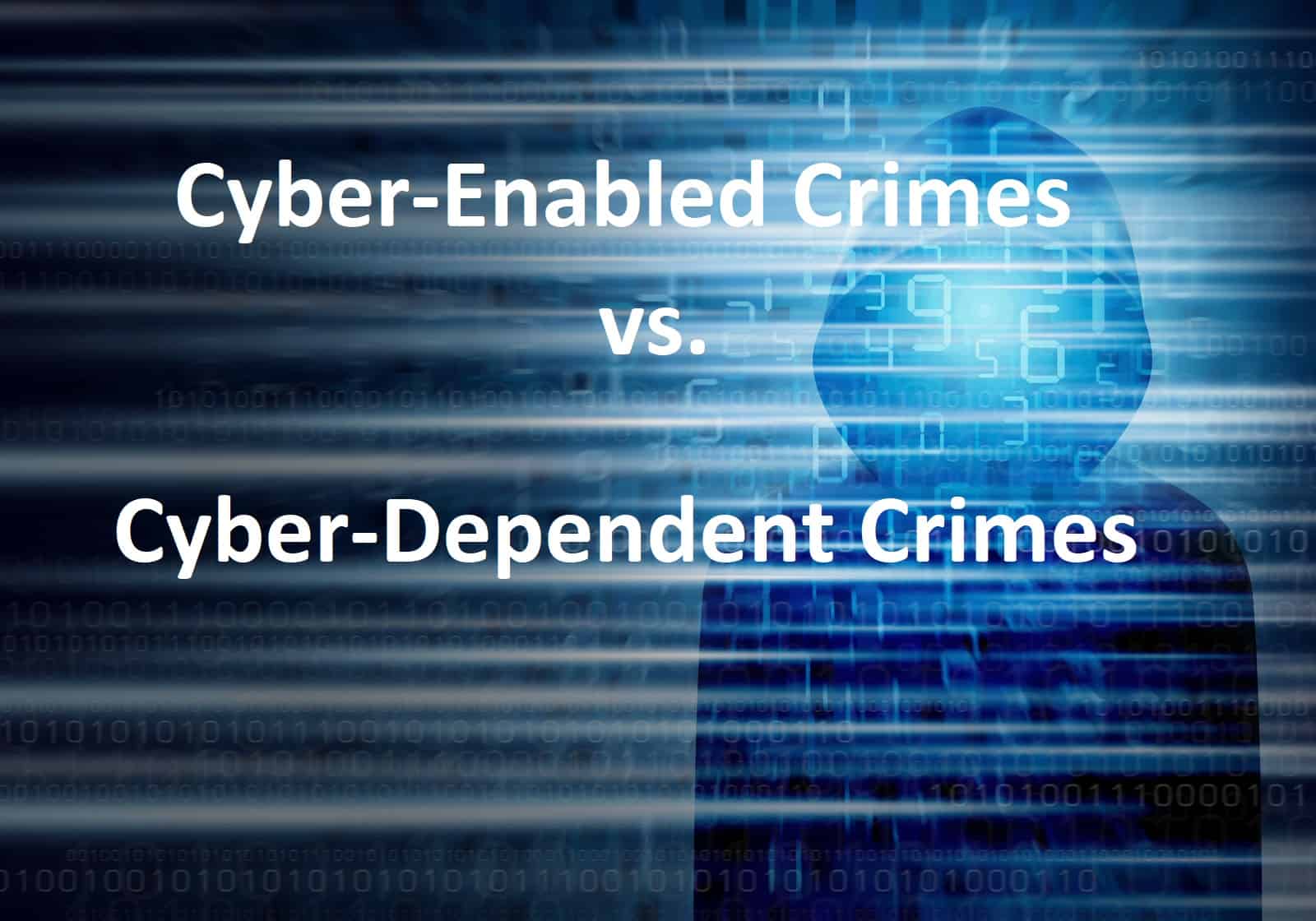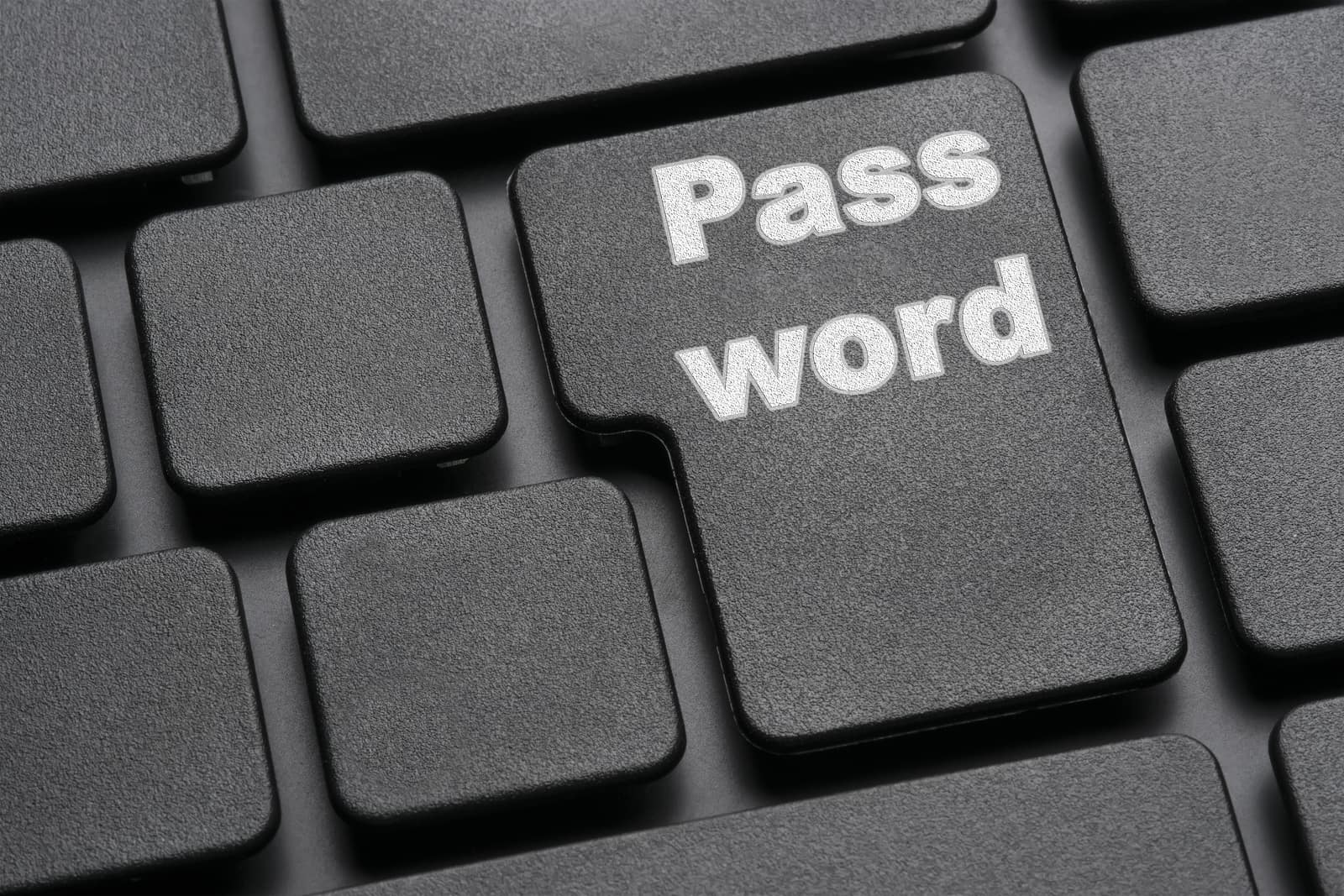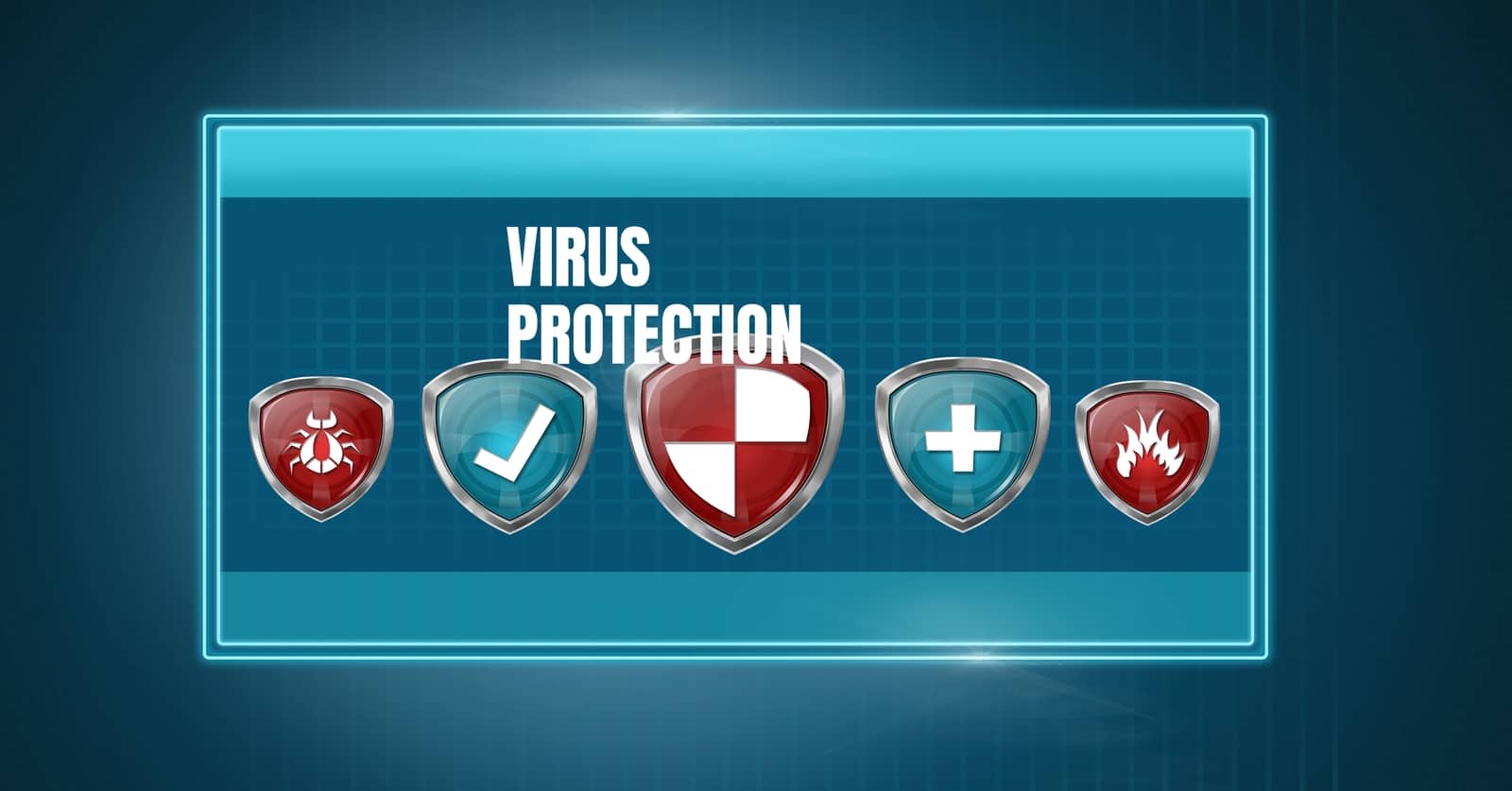
Crimes can be divided into many categories, depending on the criteria you use. When it comes to crimes related to the use of the internet, you will find that crime is divided into cyber-enabled crimes and cyber-dependent crimes.
The difference between these two categories seems self-explanatory. However, the types and forms of criminal offences falling under these two categories vary greatly, as well as the means of protecting yourself against both of them.
So, in this article we’ll learn what both categories of cyber-enabled crimes and cyber-dependent crimes mean, the different forms and examples of each one, as well as steps to protect yourself from them.
What are Cyber-Enabled Crimes?
A cyber-enabled crime is just a traditional crime such as theft, fraud or harassment, it takes place in the outside physical world, which can be committed without the use of a computer. However, committing these crimes transferred to a whole new level through the invention and use of the internet. Their scope, scale and reach have increased with the help of ICT or Information Communications Technology.
Forms and Examples of Cyber-Enabled Crimes
Cyber-enabled crimes can be categorised in the following categories:
1. Economic-related Cybercrime:
These include financial fraud especially:
- Banking frauds.
- Data theft, including the theft of personal information, such as banking information, names and even national and social security numbers. Data theft also includes company login credentials as well as client information stored in company databases.
- There are many methods used in data theft as a cyber-enabled crime: such as means of exploiting vulnerabilities in computer systems like hacking. Searching for personal information about the victim on social media, employment or dating websites, in order to identify the person’s identity and either target their banking information for example or target them with phishing scams. The last method is by using techniques of social engineering which depend on the trust people put in others online and can disclose personal information accordingly, cybercriminals can use social engineering with other tactics such as pharming in order to obtain personal information or money from the victim.
- What is known as CNP or Card-Not-Present fraud: such remotely-conducted transactions where the cardholder and the card are not present.
- E-Commerce Fraud: which is a general reference to all financial transactions that are fraudulent such as online retails sales, where both the customers and sellers can be victims.
- Crimes including intellectual property such as forgery, piracy, innovations, new products and counterfeiting.
2. Online auctions, retail sites and fake websites where fraudulent sales take place, such as offering goods and services for sales but they do not truly exist. Using these websites, customers are probed to believe the products are original. These crimes include all retail misrepresentation, including selling fake tickets.
3. Marketing Frauds: are some of the most common frauds in what is known as advance-fee scams where the victims are asked to pay money before obtaining the service or good. These include bogus charities, fake disaster reliefs, inheritance frauds, pyramid schemes, fake lottery and fake investments where the victims are asked to pay a sum of money as an investment, in return for a larger sum of money as profit in the future.
4. Online markets to sell illegal items.
5. Phishing Scams: through any means of communications, such as text messages, phone calls or emails. The most common outlet for phishing scams is through email, where the attacker sends an email to a potential target, that looks genuine or professional, in order to trick the victim to click on the fake link. When the victim does that, the attacker is able to “fish” for the victim’s personal information, such as banking account or any information that will either provide him with direct illegal financial gains or that will help the attacker modify his method to target more potential victims.
6. Pharming: which takes place when the victim follows the link provided in the seemingly genuine email that the attacker sent as a phishing attempt to the victim. When the victim opens the website and input their payment information, that’s when the attacker can steal it.
7. Offensive and malicious communications: such as communications through social media, cyberbullying or trolling and virtual mobbing.
8. Frauds of Fake Romance: whether through social media applications or dating applications, where the attacker asks the victim for personal information or even money after a fake online relationship with them.
9. Offences targeting specific individuals, such as violent cyber-enabled crimes against women and girls or VAWG, these include cyberstalking, coercion, control and harassment.
10. Sexual offences and indecent images of children and online grooming.
How to protect yourself from Cyber-Enabled Crimes?
Since cyber-enabled crimes are crimes that can be committed offline, regardless of the internet. Then the means to protect yourself from such crimes should both include the physical world as well as the cyber world. Here are some steps to take:

- Use strong passwords.
- Use a password manager to store your password, to make it harder for pharming tactics to get a hold of your data.
- If you don’t feel comfortable about the link you received or suspect it’s a scam, then it most probably is.
- Don’t trust people you don’t know on social media applications, especially if they try to send you messages.
- Your information on social media applications must not be made available for anyone to see.
- Do not share images with people you don’t know.
- One way to avoid malicious links is to open your browser and search for the name of the organisation or charity, and read everything about it.
- Report any messages you get of cyberbullying, harassment or abuse.
- Be aware of your children’s activity on the internet, their social media accounts and how they spend their time online.
- Avoid online markets that sell illegal items.
- If you’re buying something online, make sure your banking details are not stored on the website.
- Use multi-factor authentication to keep track of any activity on your financial accounts.
- Make sure to check if the auction website you’re buying from is a valid website.
What are Cyber-Dependent Crimes?
A cyber-dependent crime is any crime which execution depends on the use of computers, the internet or any form of information communication technology or ICT. This means, that without an internet connection, these crimes cannot be committed. The scope of cyber-dependent crimes includes all forms of cybercrimes such as hacking, spreading malware and denial-of-service attacks to cause disruption and damages to business’s reputation.
To commit a cyber-dependent crime, a cybercriminal doesn’t need to have high or sophisticated hacking skills. There’s an online marketplace for such crimes that makes many sophisticated techniques and tools available for anyone who wants or intents to commit a cybercrime. This marketplace facilitates the exploitation of computer system vulnerabilities that are easy to penetrate.
Forms and Examples of Cyber-Dependent Crimes
Cyber-dependent crimes can be divided into two main categories:
- Illegal access to computers and networks, whether of individuals or businesses, such as hacking.
- Attacks aiming at disrupting computer networks and downgrading systems such as denial-of-service, distributed denial-of-service attacks and the creation and spreading of malware.
The reasons behind committing cyber-dependent crimes differ from one cybercriminal to another. But they generally fall under these reasons:
- Individuals with high computer skills, who can both write code and infect software in order to execute attacks on computer, networks and operating systems, either to commit the cybercrime for their own benefit or to facilitate committing it for others.
- Groups of organised crime.
- People who have a high level of skills but no real criminal intent such as hacktivists.
- Cyber-terrorists who aim to cause disruption and maximum impact.
- Either individuals or groups who don’t have a high level of skills but the commitment of cybercrime is made easier through access to its tools online.
- Politically motivated cyberattacks launched under the sponsorship of governments on other political systems with the aim of collecting data and information that can put such governments in danger or affect their defenses and security.
- Insiders to the organisation of even employees who have privileged access to sensitive data.
How to Protect Yourself from Cyber-Dependent Crimes?
Since cyber-dependent crimes are mainly dependent on the internet, then you must know how to protect your data online. Some of the easiest steps you can take are:

- Have an anti-virus, anti-malware software set up on your computer, as well as activating your system’s firewall.
- Do not connect to Wifi in public places, they are usually a fertile environment for lurking hackers and malware.
- Always make sure to have a back-up of your data.
- If the text message, message or email from someone you don’t know, then it’s most probably a scam.
- Don’t give out your credentials or banking information without the option of validation or multi-factor authentication.
- As a company, only allow access to sensitive data based on the role of the employee.
- Provide your employees with courses on how to spot and act in the event of a cyberattack.
- Store the back-up files of company data on separate servers, preferably offline servers so as not to lose all data in the case of a cyberattack.
- Do not use the default username and password provided to you by the system administrators; change them into strong credentials.
- If you’re designing a web application or website, do not copy code from another application or website, since code can have many vulnerabilities. If you do, it’s preferred you have your IT team check the code for any loopholes.
- Do not design your own encryption algorithms, it’s preferable to use algorithms that have been publicly tested and verified.
- Do not transfer any data over the network in plain text, always using encryption algorithms.
The steps to protect yourself from both cyber-enabled crimes and cyber-dependent crimes can be mainly summed in the steps and ways to protect yourself online in general. So, it’s vital to take these steps seriously and don’t trust the internet too much.
